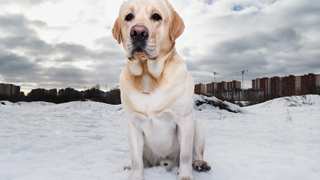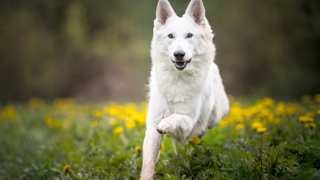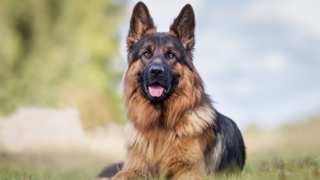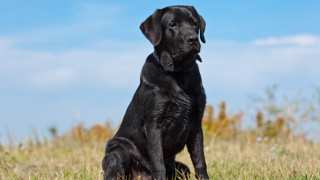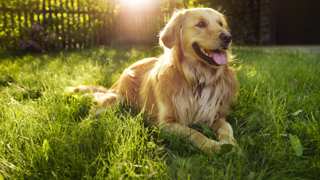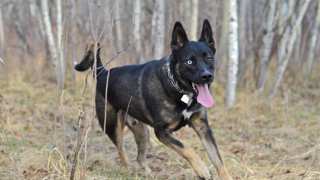As the offspring of two active and athletic parent breeds, German Sheprador exercise requirements are pretty extensive. This hybrid will do best if it has a variety of exercises: long walks, fetch or Frisbee, and even more "complex" activities that stimulate them mentally as well as physically (an obstacle course, for example) are all great for Shepradors. They also make great jogging or bicycling companions.
The typical adult Sheprador, depending on its age and overall activity level, will need 60-90 minutes of proper exercise per day. You can start exercising your Sheprador puppy at three months of age by taking it on short (10-minute) walks, then increasing the walks' length and frequency as the puppy grows.
A few precautions to observe when exercising your German Sheprador: first, puppies younger than nine months old shouldn't participate in activities that include a lot of jumping, running, and navigating of stairs, as doing so can injure their still-developing joints and bones. And Shepradors, regardless of age, will need to be leashed when in public. The German Shepherd side of these hybrids will be protective, and therefore defensive around strange people and animals--while the Lab side will give them a high prey drive, making them instinctively chase other animals if given the chance. A leash will help you control your Sheprador in these situations. Even when exercising your Sheprador in your own yard (which is hopefully large!), the area will need to be securely fenced to keep the dog from running off after every interesting-looking bird or squirrel it sees. And finally: these dogs form deep bonds with their humans, so they'll be much more likely to perform exercises in which one or more of their family members also participates.
Safeguards aside, exercising your German Sheprador every day is an absolute must. If bored or restless, these dogs become depressed, disobedient, and destructive. Consistent Sheprador exercise will be great for the dog's peace of mind--and for your own as well. A few exercise ideas:
- Walking/Jogging/Bicycling: Two 30-minute walks (or 20-minute jogs or bike rides) per day is a good target
- Fetch/Frisbee: A Sheprador will chase a ball, stick, or Frisbee for hours
- Tug-of-War: Great indoor, rainy-day activity; use a rope or old towl
- Swimming: Shepradors love the water
- Obstacle Course: Set up a series of jumps, tricks, and other activities in the yard
- Canine Sports: Shepradors are fantastic competitors in obedience and agility trials, flyball, and others
- Hiking: Great bonding activity; bonus if you can find a remote area where the dog can be off-leash
When indoors, it's a good idea to give your Sheprador access to one or more balls or chew-toys that will allow the dog to burn excess energy. It's also recommended that you try and exercise the dog at the same time every day, such as walks, jogs, or bike rides after breakfast and dinner and a play period in the afternoon.

